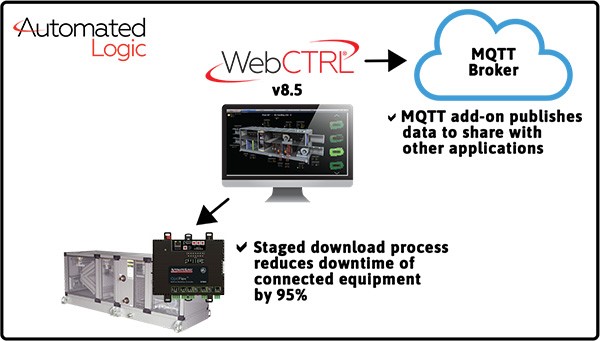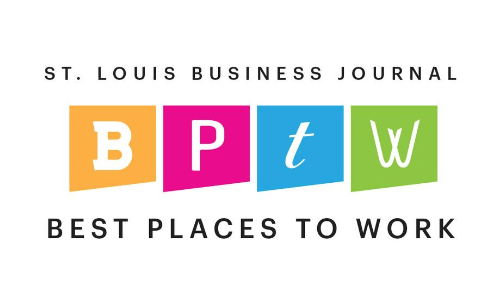How COVID-19 Relief Funds Can Be Leveraged to Protect Your Students
When the country shut down during COVID, schools were at the top of nearly everyone’s concern. With three separate pieces of legislation, Congress ensured that educators and school administrators had plenty of resources to update HVAC and air circulation systems. Even when COVID is a chapter in a history book, the systems you install today could improve the comfort and health conditions of students far into the future.
What Funds are Available?
Congress passed three different COVID stimulus packages, all of which had budget provisions for state and local school districts. Those separate tranches of funding earmarked $181 billion specifically to improve and maintain air quality.
Each tranche has a specific deadline for when the money has to be allocated and/or spent.
Each of the Elementary and Secondary School Emergency Relief Fund (ESSER) programs are outlined below:
The Coronavirus Aid, Relief, and Economic Security Act (CARES)
Total ESSR Budget: $30+ Billion
Spending Deadline: September 30, 2022
The Coronavirus Response and Relief Supplemental Appropriations Act (CRRSA)
Total ESSR Budget: $54.3 Billion
Spending Deadline: September 30, 2023
The Coronavirus Response and Relief Supplemental Appropriations Act (CRRSA)
Total ESSR Budget: $126 Billion
Spending Deadline: September 30, 2024
How Funds Can Be Used
Congress allocated those funds to help rescue colleges and universities that were undergoing a historical cash crunch when students were not permitted to return to campus. These grants can also be utilized by K-12 schools to fund building and construction projects that qualify as health and safety improvements. That includes (but isn’t limited to):
- Building automation upgrades and improvements
- Ventilation upgrades
- Energy-efficiency packages
- Air-conditioning repairs and improvements
- Heating repairs and improvements
How HVAC Systems Improve Indoor Air Quality
While we normally associate HVAC control systems with improved comfort and energy efficiency, facility administrators are increasingly turning to new control systems for better air quality.
In a health crisis like COVID, improved air filtration and circulation (in addition to mitigating behaviors, like masks and social distancing) actually reduce the spread of airborne pathogens. Even when COVID is no longer a danger, a better air system may still help stop cold and flu viruses from spreading as rapidly.
Improving the airflow of a building introduces the right amount of fresh air to reduce the risk of bacteria and virus transmission. Controlling both temperature and humidity can further cut down on the spread of pathogens, bacteria, and mold that can grow more rapidly in high humidity. Electronic air filtration systems stop some harmful bacteria, pollutants, and airborne allergens from entering the building. Additionally, pressurizing the rooms properly further ensures that air circulates optimally, ideal for smaller classroom spaces, restrooms, and offices.
What to Look for in a Control System Vendor
Before you bid out the contract, make sure you’re utilizing a vendor with a track record of working with schools and learning environments. That track record ideally should signal to decision-makers that your vendor has access to the most cutting-edge and state-of-the-art technology and information systems. By the time the system is installed, it should be simple and straightforward for your maintenance teams to operate and optimize.
Features to consider for your control system:
- Customized Design Capabilities. Your vendor should analyze your specific facilities and challenges, and design and configure a system to make managing your building automation system intuitive and easy.
- Universal Compatibility. Before you sign, ask about guaranteed interoperability with your facility’s existing systems.
- Customizable Capabilities. Again, setting and managing custom building schedules, special alarm triggers, and thermographic maps should be standard and, even more important, intuitive to use.
- Reports and Analytics. Predictive analytics give you insights you need for cost-effective, proactive maintenance.
- Ongoing Training Facilitation. Your vendor should provide facilities managers and maintenance team members the operational skills they need to run and manage your building automation software.
- Direct Access to Experts. Long after the install is over, you may need fast and easy access to system experts to help you maximize your investments in the long run.
How to Apply for Government Funding
Your state education agencies (SEAs) control the grants, which then are distributed to your local education agencies (LEAs). For more information about what’s available to your local schools, visit your state’s Department of Education website to apply for funds.
Missouri: https://dese.mo.gov/
Illinois: https://www.isbe.net/
Why Automatic Controls?
We have a proven history of working with school districts to help them optimize their environments for student learning and faculty success. The technology and automation of our systems also make it easy for maintenance teams to operate the systems and make smart decisions. We may also be able to help you understand what programs you’re eligible for and what upgrades are covered by COVID relief funds.
Let us help you create a building automation system that promotes efficiency, sustainability, and comfort. Email an Automatic Controls expert today or call us at 314.722.2727 to get started.









